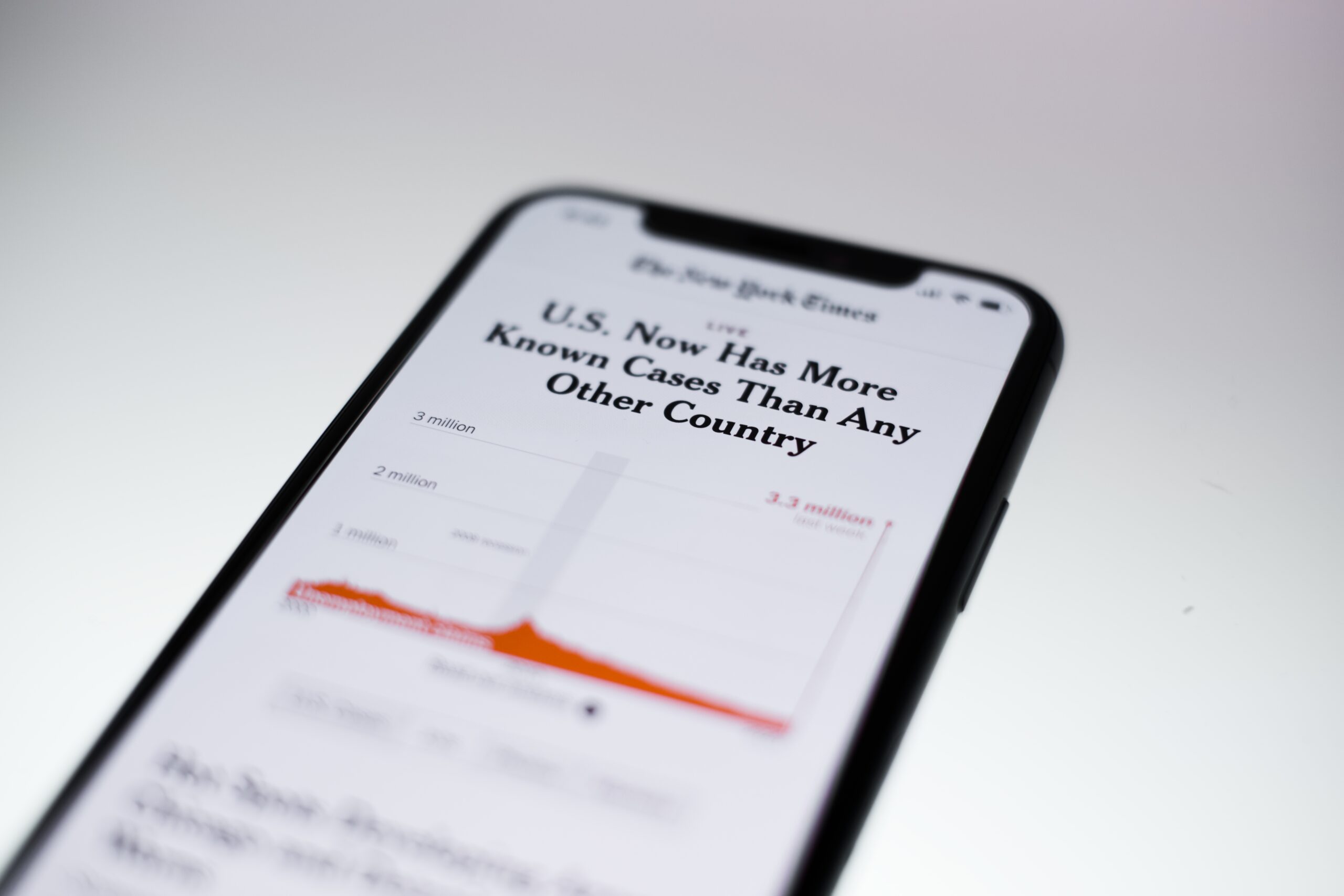In today’s fast-evolving digital marketplace, Predictive Customer Behavior Systems have become an essential part of business strategy. These systems, powered by Artificial Intelligence (AI), can analyze vast amounts of customer data and predict future behaviors with remarkable accuracy. The ability to forecast customer actions and preferences has transformed the way businesses approach everything from product recommendations to marketing campaigns. By leveraging these predictive capabilities, companies can not only boost engagement but also increase their overall customer retention.
The evolution of AI in predictive analytics has brought about innovative changes, especially in customer behavior prediction. Predictive Customer Behavior Systems use machine learning algorithms to identify patterns in customer actions, providing valuable insights that drive decision-making processes. Whether it’s predicting purchasing habits, anticipating customer churn, or optimizing marketing efforts, these systems are at the heart of modern customer relationship management.
1. What Are Predictive Customer Behavior Systems?
Predictive customer behavior systems are AI-driven tools that use data analysis to anticipate future customer actions. These systems analyze historical data, behavioral trends, and other customer data to create predictive models. By understanding how customers behave, businesses can tailor their offerings and marketing strategies to maximize conversions and enhance customer satisfaction.
2. How AI Enhances Predictive Customer Behavior Systems
AI enhances these predictive systems by applying sophisticated algorithms, such as machine learning, deep learning, and natural language processing. These technologies allow predictive customer behavior systems to continually improve their forecasts, offering increasingly precise insights. AI-powered systems also have the ability to process vast amounts of real-time data, which ensures that predictions remain accurate even as customer preferences evolve.
3. The Importance of Data in Predictive Customer Behavior Systems
The effectiveness of predictive systems is directly tied to the quality and volume of the data they analyze. By harnessing structured and unstructured data from a variety of sources, including transaction history, browsing patterns, and social media activity, businesses can gain a more comprehensive understanding of their customers. This data-driven approach provides a competitive advantage in an era where personalization and customer-centric strategies are paramount.
4. Improved Personalization of Customer Experience
Predictive customer behavior systems allow businesses to deliver highly personalized customer experiences. By analyzing past behavior, AI tools can predict the types of products or services a customer is likely to be interested in. This level of personalization can lead to higher engagement rates, improved conversion rates, and increased customer loyalty.
5. Forecasting Customer Needs and Preferences
Predictive systems help companies forecast future customer needs based on previous interactions. By understanding patterns in customer behavior, businesses can prepare for demand fluctuations, optimize product offerings, and better manage inventory. This insight enables businesses to be proactive rather than reactive, which is crucial for maintaining a competitive edge in fast-moving markets.
6. Enhancing Marketing Campaigns with Predictive Analytics
Predictive analytics is invaluable when it comes to marketing strategies. By using customer data, businesses can segment their audiences more effectively and tailor campaigns to specific customer needs. Predictive customer behavior systems can identify the right time, right message, and right channel for marketing outreach, ensuring that campaigns reach the most receptive audience.
7. Reducing Customer Churn with AI Predictions
One of the key benefits of predictive customer behavior systems is the ability to predict customer churn before it happens. By analyzing customer engagement and satisfaction metrics, AI can flag at-risk customers and suggest actions to retain them. Whether it’s through targeted offers or personalized communications, predictive tools enable businesses to intervene and minimize churn.
8. Optimizing Customer Service and Support
Predictive customer behavior systems also play a crucial role in optimizing customer service. By predicting common issues customers may face, businesses can prepare solutions in advance and ensure that support teams are ready to respond quickly and effectively. This can improve customer satisfaction and foster stronger relationships with clients.
9. AI and Ethical Considerations in Predicting Customer Behavior
While AI-driven predictive tools offer incredible benefits, they also raise important ethical considerations. Businesses must be transparent about how they collect and use customer data. Ensuring data privacy and complying with regulations such as GDPR is essential to maintaining customer trust and ensuring that predictive systems are used ethically.
10. The Future of Predictive Customer Behavior Systems
As AI continues to evolve, so too will predictive customer behavior systems. The integration of newer technologies, such as voice recognition and augmented reality, will provide even more opportunities for businesses to understand and anticipate customer needs. The future of predictive analytics lies in its ability to deliver more granular, real-time insights, enabling businesses to stay ahead of customer expectations and provide truly personalized experiences.
Predictive customer behavior systems have revolutionized how businesses understand and engage with their customers. These AI-driven systems analyze vast amounts of data to anticipate customer actions and behaviors with remarkable accuracy. The power of AI lies in its ability to sift through enormous volumes of structured and unstructured data, such as browsing history, transaction records, and even social media interactions, to uncover hidden patterns and trends. By identifying these trends, businesses can predict what a customer is likely to do next, whether it’s making a purchase, leaving a website, or engaging with a marketing campaign. This predictive capability enables companies to create highly personalized customer experiences, tailor their marketing efforts, optimize product recommendations, and forecast future demand more effectively.
For instance, a retail brand utilizing predictive customer behavior systems can offer personalized discounts or recommendations based on a customer’s past purchases and browsing habits. Similarly, a streaming service could predict which shows or movies a user is likely to enjoy next, driving engagement and satisfaction. The ability to predict customer behavior in real-time also allows businesses to take proactive actions—whether through targeted marketing, personalized offers, or inventory management adjustments—before issues arise, giving companies a significant advantage over competitors who rely on more reactive approaches. By anticipating customer needs and desires, predictive customer behavior systems not only increase conversions but also foster stronger customer loyalty, ensuring long-term success in a highly competitive market.
In the realm of customer service, these systems can predict potential problems a customer might face, allowing businesses to prepare solutions before customers even reach out. For example, if a predictive system detects that a customer may experience difficulty with a product, the company can intervene early, providing a personalized solution or assistance. This preemptive approach to customer service builds trust and satisfaction, leading to better retention rates and a more positive brand reputation. Ultimately, predictive customer behavior systems empower businesses to move beyond simply responding to customer actions; they allow businesses to anticipate and shape those actions, creating a more personalized, proactive, and engaging customer experience.
Conclusion
The impact of Predictive Customer Behavior Systems on business strategy cannot be overstated. These AI-driven tools offer a powerful way to understand and anticipate customer behavior, paving the way for improved personalization, customer retention, and marketing effectiveness. As AI technology advances, these systems will continue to evolve, providing businesses with deeper insights and more accurate predictions. The key to success lies in effectively leveraging these predictive tools to create more meaningful and personalized experiences for customers, ultimately driving business growth and long-term success.














